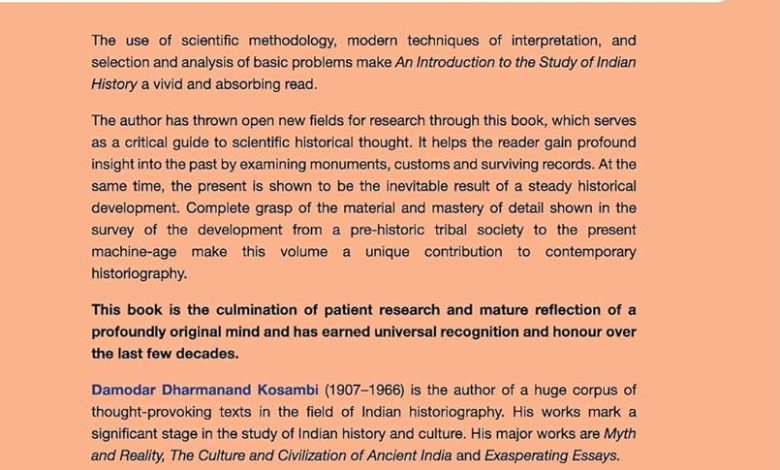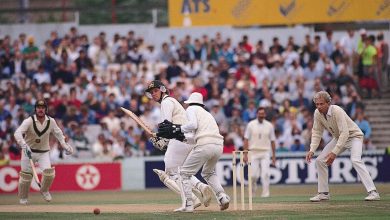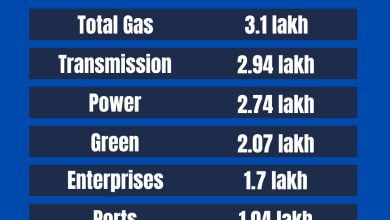Introduction And History of India: A Journey Through Time

India is a land of diversity and rich history. It is located in South Asia. It is the seventh-largest country by land area. It is also the second-most populous country in the world.
Geography of India
India has varied geography. It has mountains, plains, deserts, and coastal areas. The Himalayas in the north are the highest mountain range. The Thar Desert lies in the west. India has a long coastline along the Arabian Sea and the Bay of Bengal.

Credit: shop.shakeandco.com

Credit: www.amazon.com
Ancient India
India’s history dates back thousands of years. The Indus Valley Civilization is one of the world’s oldest civilizations. It existed around 2500 BCE. The cities of Harappa and Mohenjo-Daro were well-planned and advanced. People there had knowledge of drainage and urban planning.
Vedic Period
After the Indus Valley Civilization, the Vedic Period began. This period is named after the Vedas. The Vedas are ancient religious texts. They were written in Sanskrit. This period saw the rise of the Aryans in India.
Mahajanapadas
In the later Vedic period, several large kingdoms emerged. These were known as Mahajanapadas. Some famous Mahajanapadas were Magadha, Kosala, and Vatsa. During this time, the teachings of Buddha and Mahavira spread.
Classical India
The Classical period saw the rise of great empires. The Maurya Empire was the first major empire in India. It was founded by Chandragupta Maurya in 322 BCE. His grandson, Ashoka, is one of India’s greatest emperors. Ashoka embraced Buddhism and spread its teachings far and wide.
Gupta Empire
After the Maurya Empire, the Gupta Empire rose to power. This period is known as the Golden Age of India. It saw great advancements in science, art, and literature. The famous mathematician Aryabhata belonged to this period. He made significant contributions to mathematics and astronomy.
Medieval India
Medieval India saw the rise of various regional kingdoms. The Chola Dynasty ruled in the south. The Rajput kingdoms ruled in the north and west. During this period, Islamic invasions began. The Delhi Sultanate was established in 1206 CE.
Mughal Empire
The Mughal Empire was established by Babur in 1526 CE. The Mughals brought great changes to India. They built magnificent structures like the Taj Mahal. Akbar, one of the greatest Mughal emperors, promoted religious tolerance. The Mughal Empire declined in the 18th century.
Colonial India
In the 17th century, European traders arrived in India. The British East India Company established trading posts. They gradually gained control over large parts of India. The British Crown took direct control in 1858. This period saw many changes in Indian society and economy.
Indian Independence Movement
Indians began to fight for independence in the late 19th century. The Indian National Congress was formed in 1885. Leaders like Mahatma Gandhi, Jawaharlal Nehru, and Subhas Chandra Bose played crucial roles. Gandhi’s non-violent methods gained worldwide attention.
Modern India
India gained independence on August 15, 1947. The country was divided into India and Pakistan. Jawaharlal Nehru became the first Prime Minister of India. India adopted a democratic system of government. The Constitution of India came into effect on January 26, 1950.
Economic Growth
India’s economy has grown rapidly since independence. It is now one of the fastest-growing economies in the world. India is a leader in information technology and software services. The country is also advancing in space exploration and scientific research.
Cultural Heritage
India has a rich cultural heritage. It is known for its festivals, dance forms, music, and cuisine. Festivals like Diwali, Holi, and Eid are celebrated with great enthusiasm. Indian classical dance forms like Bharatanatyam and Kathak are world-famous.
Frequently Asked Questions
What Is The Origin Of India’s Name?
India’s name derives from the River Indus, historically significant in early Indian civilization.
Who Were The Earliest Settlers In India?
The Indus Valley Civilization settlers were among India’s earliest inhabitants, flourishing around 2500 BCE.
What Are The Main Historical Periods Of India?
India’s history includes the Vedic, Maurya, Gupta, Mughal, and British colonial periods.
How Did The Maurya Empire Shape India?
The Maurya Empire unified India, promoting trade, culture, and governance under leaders like Ashoka.
Conclusion
India’s history is a testament to its resilience and diversity. From ancient civilizations to modern advancements, India has come a long way. It continues to be a land of rich cultural heritage and rapid progress.




